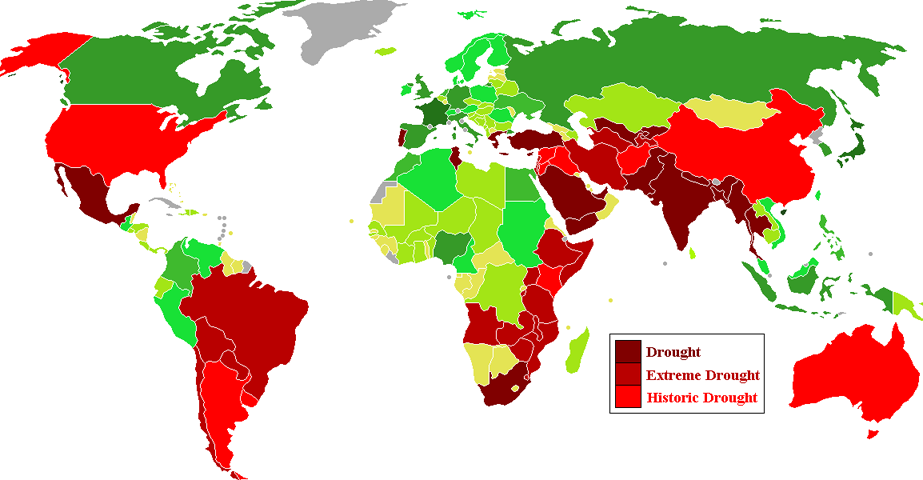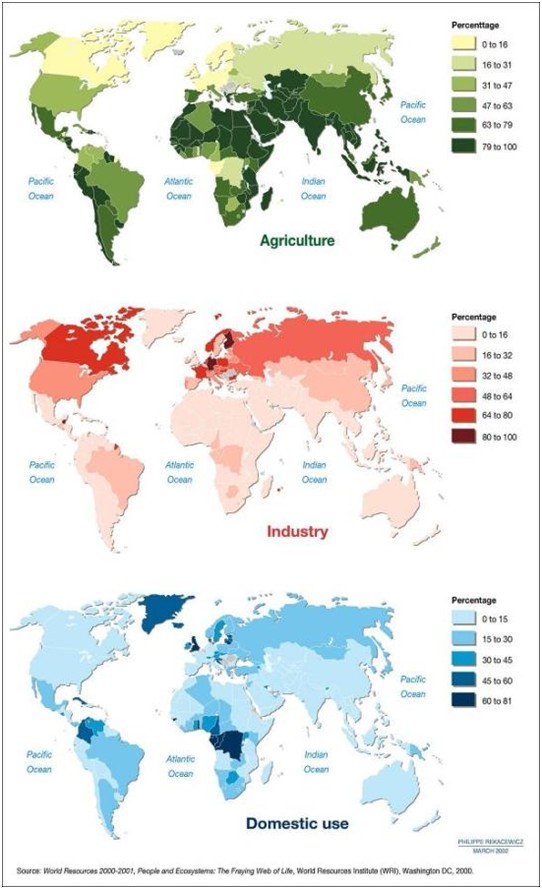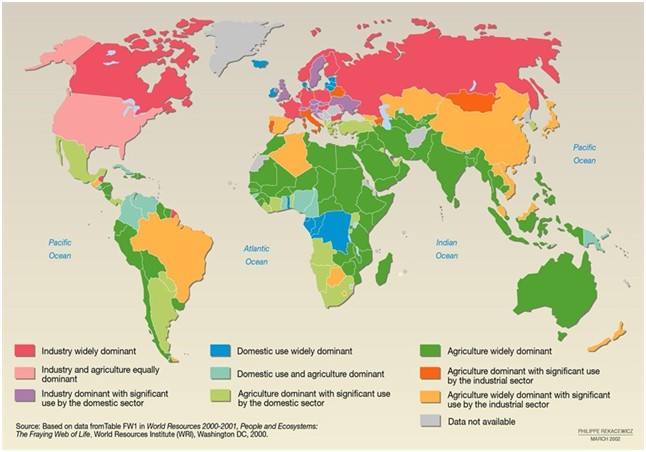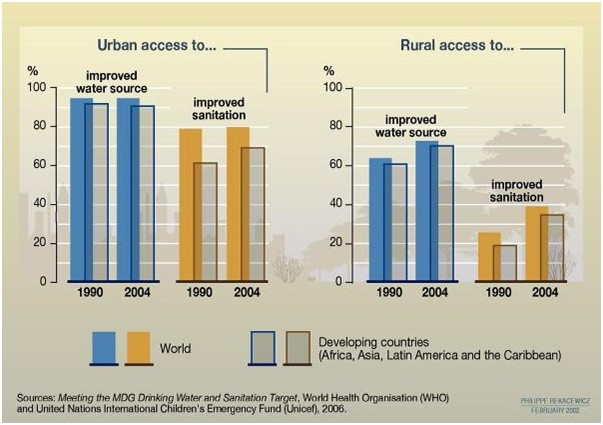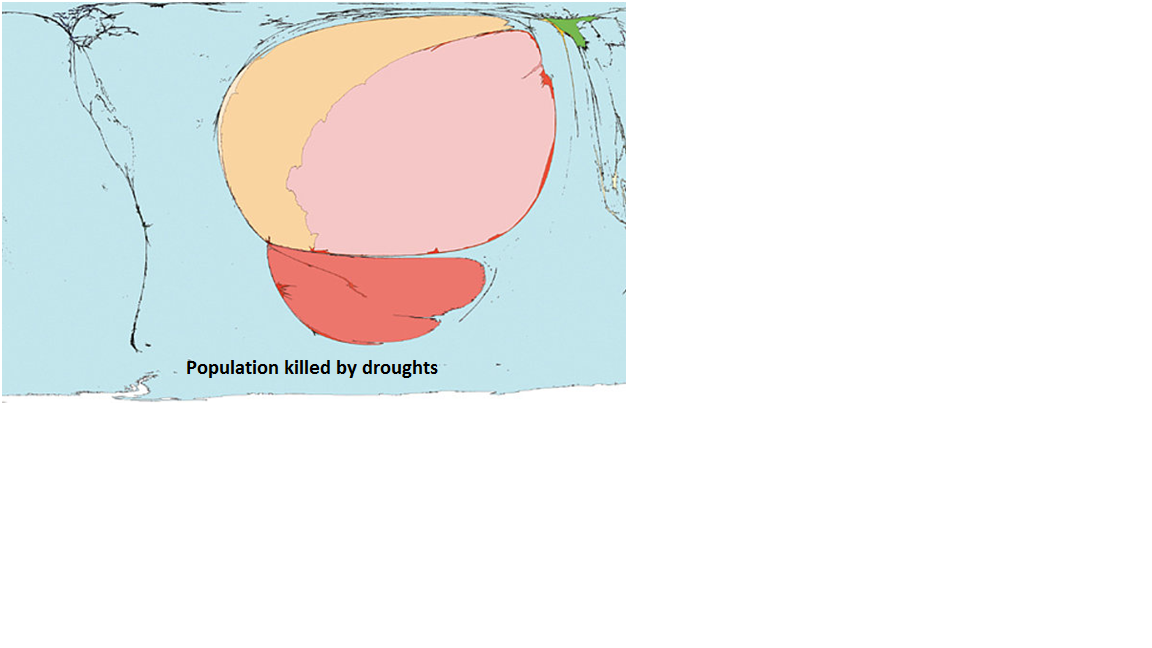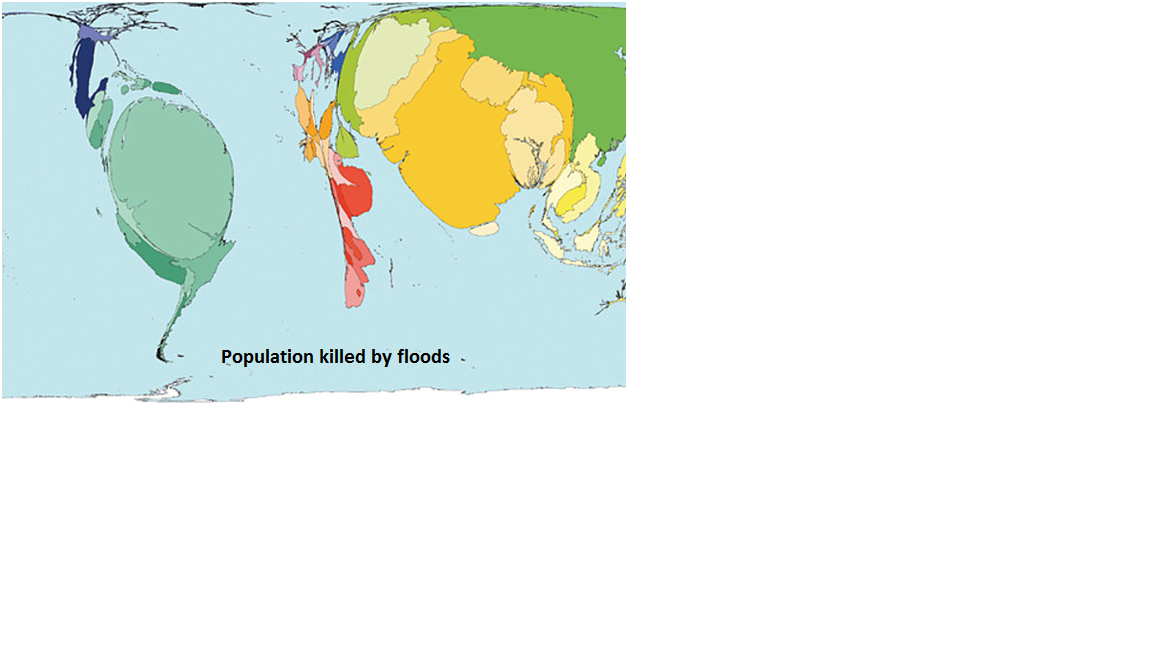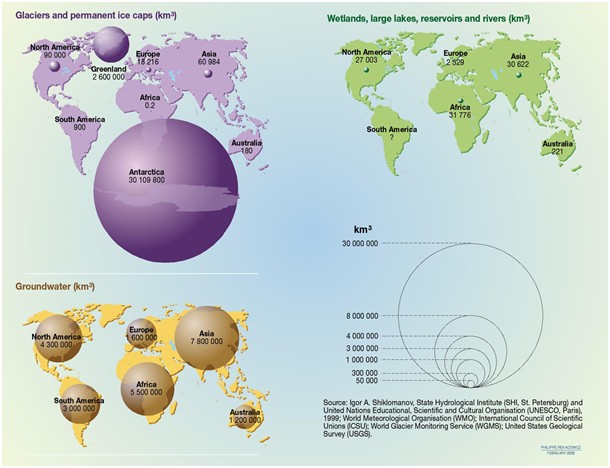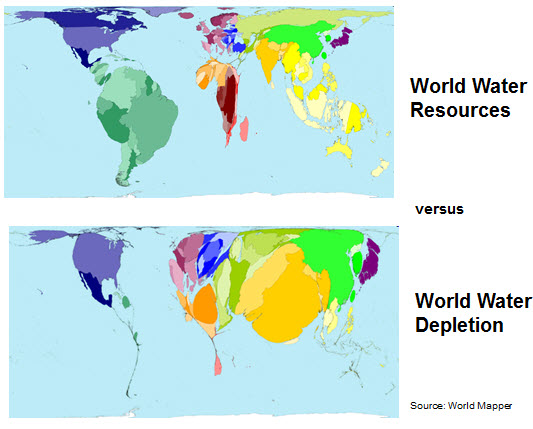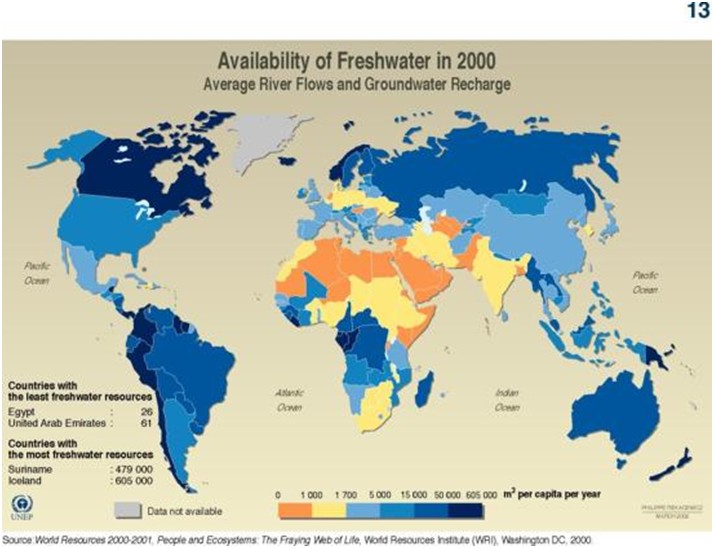Global
Submitted by Margaux on
Distribution significant samples of corprate regions from the world
Submitted by jeremy64fr on
Freshwater use by sector at the beginning of the 2000s
Submitted by jeremy64fr on
water access
Submitted by jeremy64fr on
Population killed by droughts
Submitted by Margaux on
Population killed by floods
Submitted by Margaux on
Freshwater resources: volume by continent
Submitted by jeremy64fr on
World Water Resources VS World Water Depletion
Submitted by Margaux on
Availability of freshwater in 2000
Submitted by jeremy64fr on
real time world statistics
Submitted by jeremy64fr on



